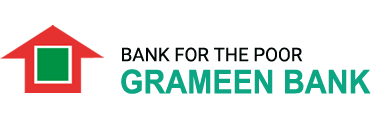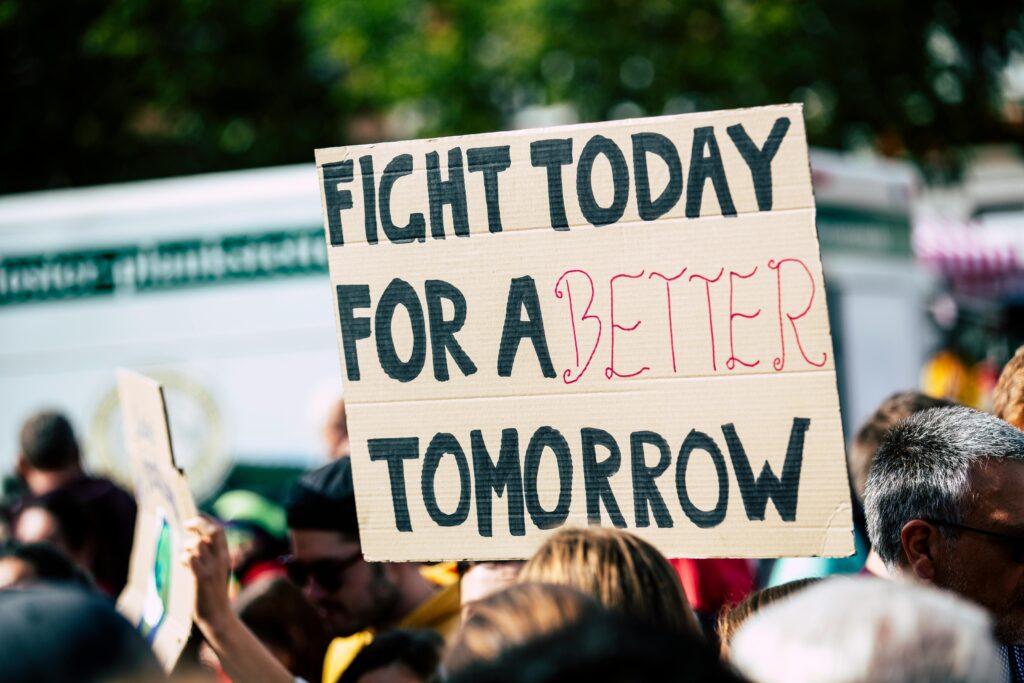In our global push for sustainable development and economic growth, we’ve discovered a real game-changer: empowering women entrepreneurs. And you know what’s been one of the most effective tools for this empowerment? Microfinance. It’s fascinating how organizations like Bottom Billion Corporation (BBC) have found that microfinance fits perfectly with their mission to boost economic development and improve living standards in underserved communities. Let’s dive into how microfinance is driving women’s entrepreneurship and the ripple effects it’s having on economic and social development.
Understanding Microfinance
What is Microfinance and its role in economic development?
Think of microfinance as a way to provide financial services to folks who don’t have access to traditional banks. We’re talking small loans, savings accounts, and even insurance for individuals and small businesses. These financial products are tailored for low-income earners and entrepreneurs, especially in developing regions. The idea is to give them a leg up, helping them start or grow their businesses and improve their lives.
Microfinance isn’t just about handing out money. It’s playing a crucial role in economic development. By giving entrepreneurs the means to invest in their businesses, it’s helping generate income and create jobs. For women, who often face extra hurdles in getting capital, it can be a real lifeline. It gives them the financial resources they need to become economically independent and successful business owners.
The Importance of Women Entrepreneurs

Driving Economic Growth
Women entrepreneurs contribute significantly to economic growth. They create jobs, stimulate local economies, and drive innovation. Research has shown that when women participate fully in the economy, the overall economic performance improves. According to the McKinsey Global Institute, advancing women’s equality could add $12 trillion to global GDP by 2025.
Fostering Sustainable Development
Empowering women through entrepreneurship also fosters sustainable development. Women are more likely to reinvest their earnings into their families and communities, improving education, health, and overall well-being. This creates a ripple effect that benefits entire societies, making women’s entrepreneurship a key factor in achieving the United Nations Sustainable Development Goals (SDGs).
How Microfinance Supports Women Entrepreneurs
One of the biggest hurdles women entrepreneurs face is getting their hands on capital. Traditional banks often want collateral and credit history, which many women simply don’t have. This is where microfinance institutions (MFIs) come in. They offer small loans with fewer strings attached, making it possible for women to get their businesses off the ground or take them to the next level.
But it’s not just about the loans. Microfinance is bringing banking services to populations that have been left out in the cold. This financial inclusion helps women manage their money better, save for the future, and become less vulnerable to financial shocks. Many MFIs also offer financial literacy programs, giving women the knowledge they need to make smart financial decisions.
And here’s something else, microfinance initiatives often include training programs. These help women build business skills, improve their financial know-how, and develop leadership abilities. It’s not just about the money – it’s about boosting confidence and giving women the tools they need to run successful businesses.
Case Studies: Success Stories of Women Entrepreneurs
Grameen Bank, Bangladesh
Let’s look at some real-world examples of how microfinance is changing lives. Take Grameen Bank in Bangladesh, founded by Nobel Laureate Muhammad Yunus. This pioneering MFI has transformed the lives of millions of women by providing small loans without requiring collateral. The result? Women are starting their own businesses, increasing their incomes, and lifting their families out of poverty.

Kiva, Global
On a global scale, we have Kiva, a microfinance platform that connects lenders with borrowers through crowdfunding. Many of Kiva’s borrowers are women entrepreneurs who use the loans to start or expand small businesses. The success stories from Kiva borrowers really drive home how access to microfinance can lead to significant economic and social improvements in their communities.

Challenges and Solutions
Of course, it’s not all smooth sailing. Despite the benefits, there are still hurdles in accessing microfinance. Some women face cultural barriers, others simply don’t know these services exist, and sometimes the interest rates from some MFIs can be pretty high. Tackling these issues requires a multi-pronged approach – we’re talking community education, regulatory support, and promoting ethical lending practices.
But here’s the exciting part: innovative solutions are popping up to overcome these challenges. Digital microfinance platforms are leveraging mobile technology to reach more women, even in remote areas. We’re also seeing partnerships between MFIs and NGOs that enhance outreach and support services, ensuring that more women can benefit from microfinance.
The Future of Microfinance and Women’s Entrepreneurship
The digital transformation of microfinance is set to revolutionize access to financial services. Mobile banking, digital wallets, and online lending platforms are making it easier than ever for women to access the capital they need. These technologies can reduce operational costs, improve service delivery, and expand the reach of microfinance services.
Governments and international organizations have a crucial role to play too. Policies that promote financial inclusion, protect borrowers, and encourage investment in MFIs can create an environment where microfinance can thrive. Continued support and collaboration are essential if we want to maximize the impact of microfinance on women’s entrepreneurship.
Conclusion
Microfinance is proving to be a powerful tool for empowering women entrepreneurs and driving sustainable development. By providing access to capital, promoting financial inclusion, and building skills and confidence, it’s helping women overcome barriers and succeed in their entrepreneurial endeavors.
For organizations like Bottom Billion Corporation, supporting these initiatives aligns perfectly with their mission to foster economic development and empower underserved communities. As we look to the future, leveraging digital technologies and policy support will be crucial in expanding the reach and impact of microfinance.
The bottom line? By ensuring that more women can contribute to and benefit from a thriving global economy, we’re not just helping individual entrepreneurs – we’re building a brighter future for everyone. And that’s something worth getting excited about.



